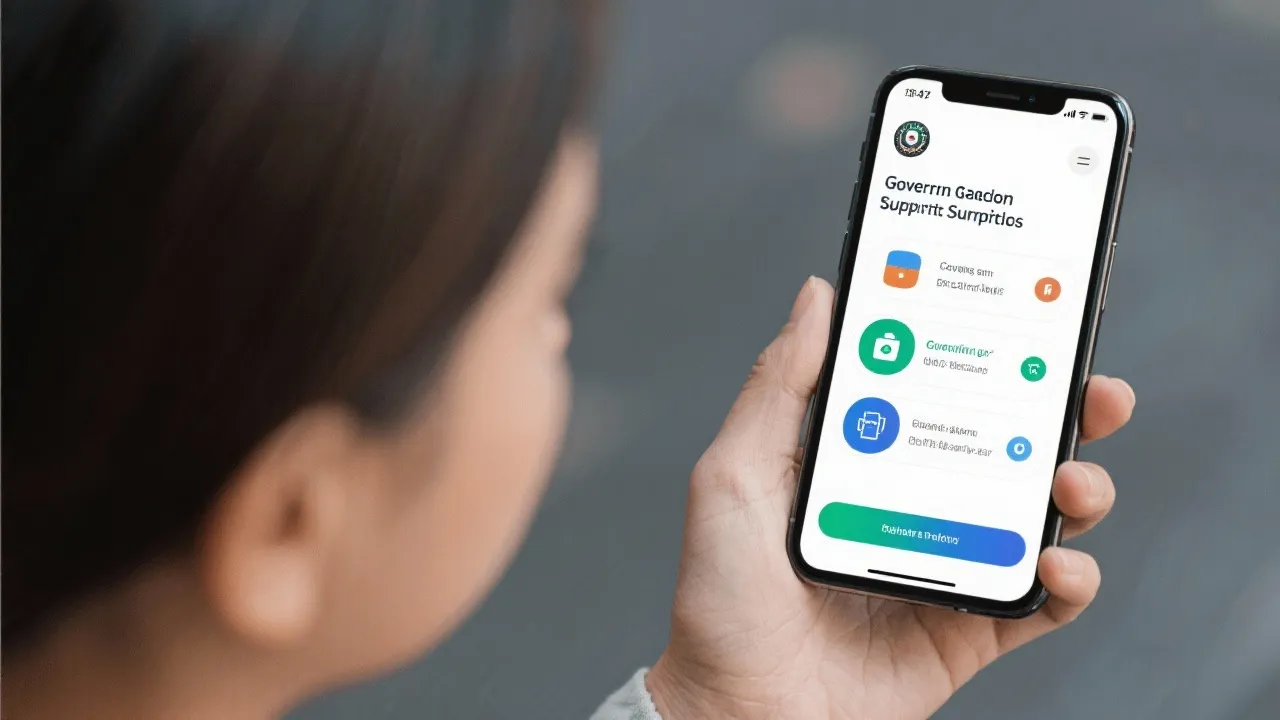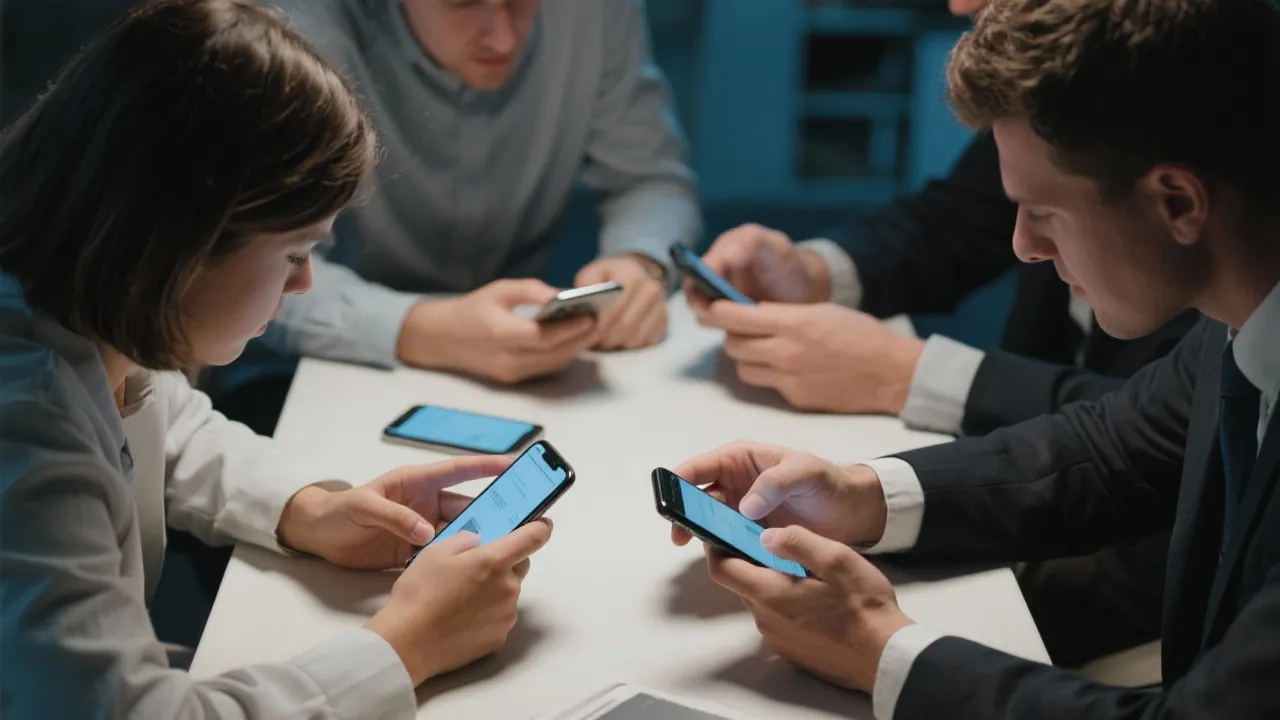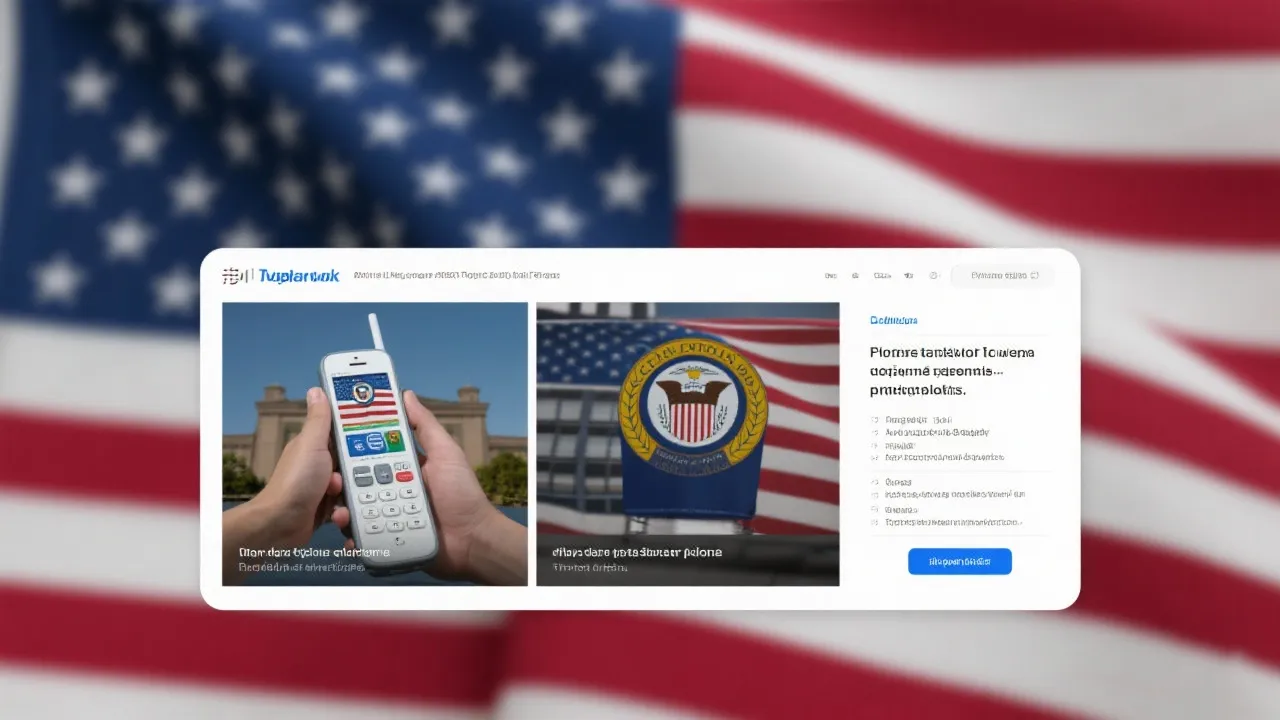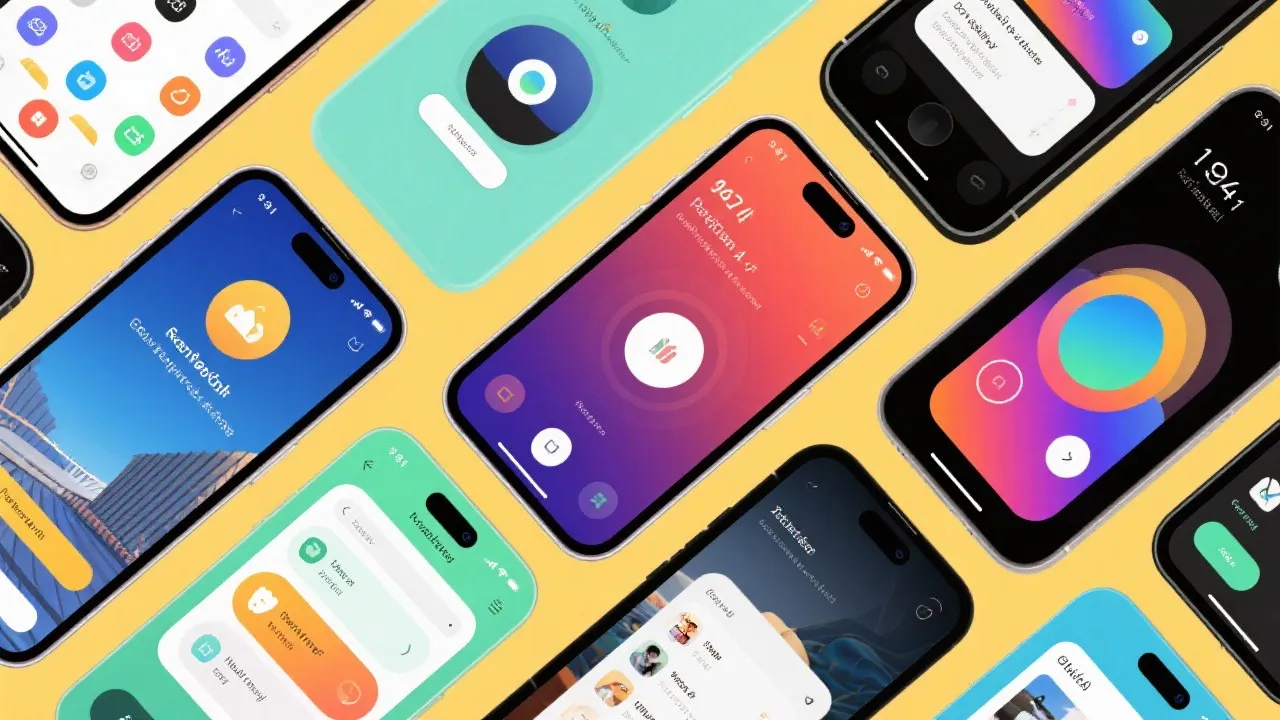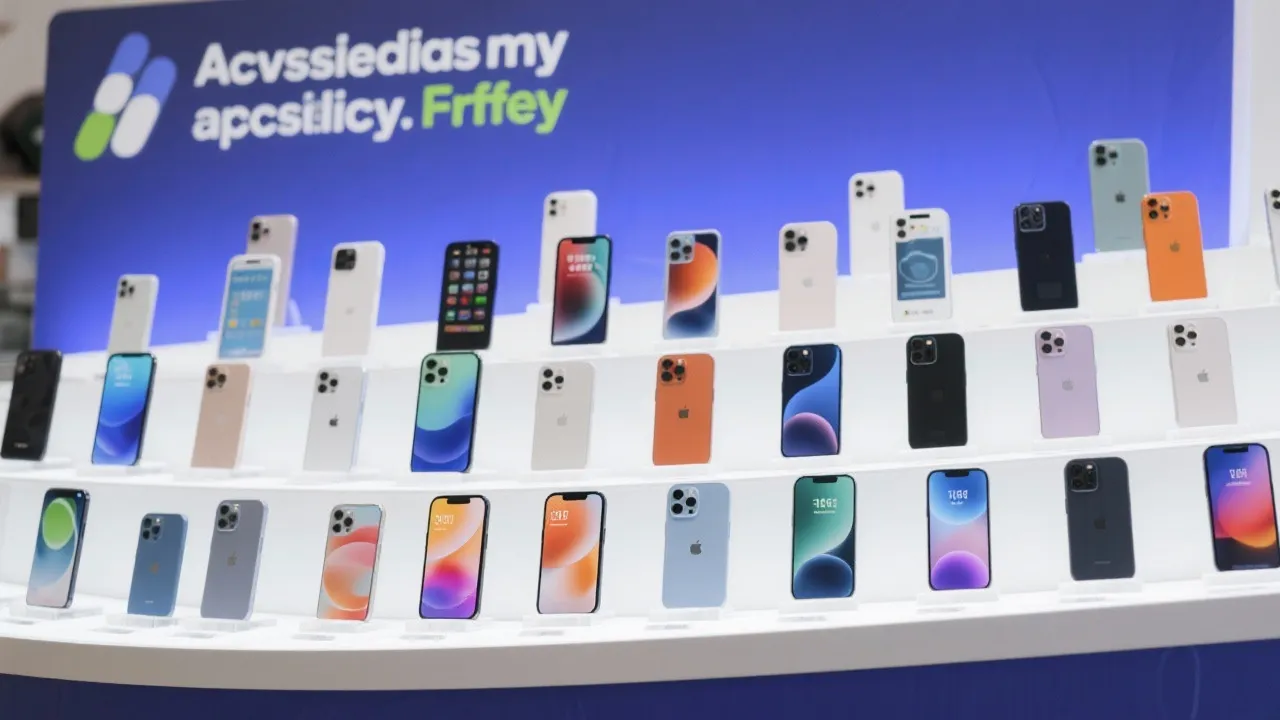Understanding Government Phone Programs
Discover how government-supported phone programs offer essential communication services to eligible individuals and families. These initiatives are part of broader efforts to bridge the digital divide and ensure everyone has access to vital connectivity, fostering opportunities for personal development and better quality of life.
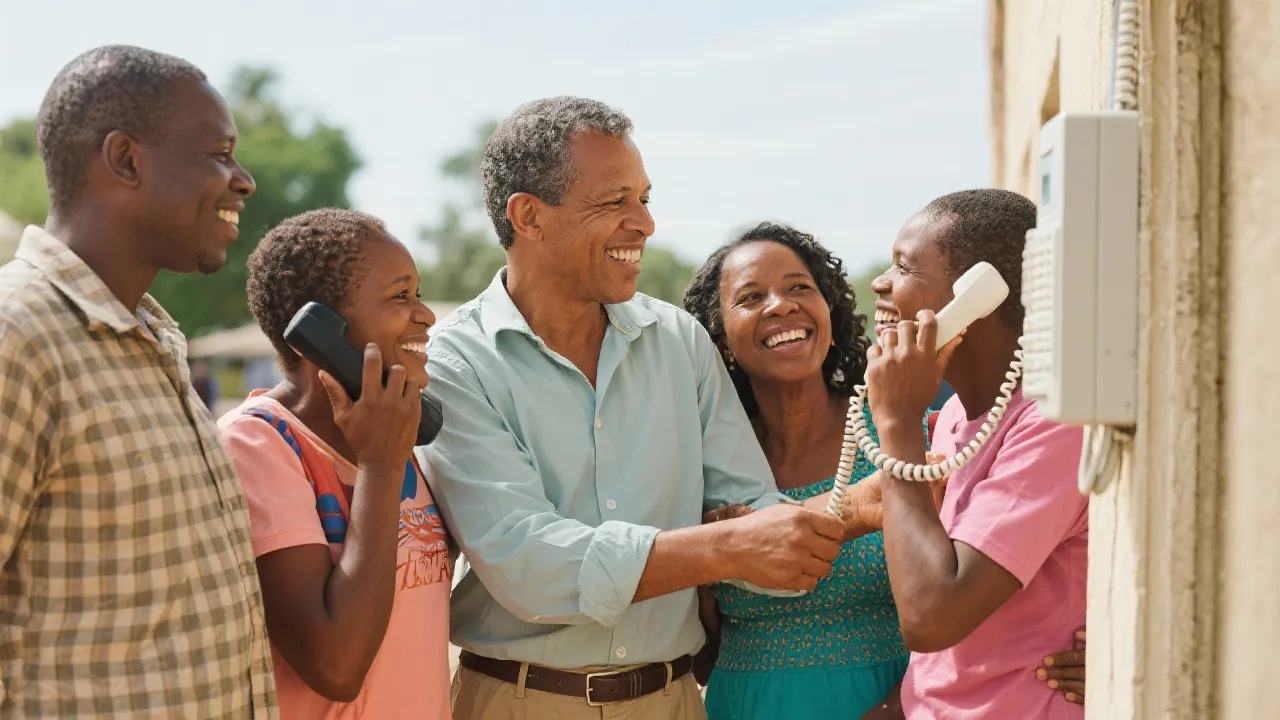
Introduction to Government Phone Programs
The world today relies heavily on connectivity and communication. For many, the ability to stay in touch with family, friends, and professional contacts via a mobile phone is crucial. However, not everyone has the financial means to afford this basic necessity. To mitigate this issue and promote digital inclusion, various government-supported phone programs offer services to ensure eligible individuals can remain connected. The significance of these programs extends beyond providing just communication tools; they foster inclusivity, allowing everyone to participate in the digital age.
Key Providers of Affordable Phone Services
Several providers cooperate with government initiatives to deliver these services. Below is a comparative overview of some key players:
| Provider | Services Offered | Additional Charges |
|---|---|---|
| SafeLink Wireless | Affordable smartphone or bring-your-own-device options, unlimited text, calls, and data (varies by plan and state). | Costs for premium device upgrades or extra data. |
| Assurance Wireless | Affordable Android smartphone, unlimited talk and text, and set data allowances. | Optional upgrades for more data or international calling services. |
| StandUp Wireless | Affordable smartphone or BYOD, unlimited talk, text, and data plans. | Fees for premium phone upgrades or additional data. |
| Access Wireless | Unlimited voice, text, and limited high-speed data with Lifeline and ACP benefits. | Fees for data boosts and device upgrades. |
| True Wireless | Government-supported phones, voice, and data plans. | Optional upgrades to better devices or additional data plans. |
Source links for more information: - https://www.safelinkwireless.com - https://www.assurancewireless.com - https://standupwireless.com/ - https://www.accesswireless.com - https://www.gotruewireless.com/
Eligibility Criteria and Application Process
All providers listed above adhere to eligibility requirements largely based on income and participation in government assistance programs. The criteria generally include:
- Income at or below 135% of the federal poverty guidelines for Lifeline, and 200% for the Affordable Connectivity Program (ACP).
- Participation in assistance programs such as Medicaid, Supplemental Nutrition Assistance Program (SNAP), Supplemental Security Income (SSI), or Federal Public Housing Assistance (FPHA).
- Residents on Tribal lands may qualify for additional benefits.
To apply for these services, applicants typically need to complete an online application and provide documentation to verify eligibility. Detailed information is often available on the provider's website, including state-specific guidelines and the required documentation for successful applications. Such documentation may include tax returns, pay stubs, or letters from assistance programs confirming participation.
Understanding the application process is vital for prospective applicants. It is recommended that users gather all necessary documentation before starting the application to ensure a smooth submission process. Some providers may also allow applications to be made over the phone or in person, giving more options for those who may not be comfortable navigating online applications.
Impact and Importance of Connectivity
Access to mobile communication can have transformative effects, enhancing quality of life and opening new opportunities for education, employment, and healthcare services. In our increasingly digital world, the ability to access the internet or communicate effectively through a mobile device is essential. These government-supported programs strive to bridge the digital divide, recognizing mobile phones as vital tools for social and economic participation.
Educational Opportunities
With the rise of online learning, having a mobile phone or internet access has become critically important for students. In many cases, students rely on their mobile devices not just for communication but also for accessing educational resources, attending virtual classes, and submitting assignments. The lack of a reliable device or internet connection can severely hinder a student’s ability to succeed academically.
Employment Prospects
For job seekers, staying connected is just as crucial. Many employers require applicants to complete online applications, schedule interviews through digital calendars, or communicate via email and text. The lack of access to these communication tools can limit opportunities, making it difficult for individuals to secure employment. Government phone programs provide the necessary support to ensure that everyone has equal access to job opportunities.
Healthcare Access
Access to healthcare has also become increasingly reliant on digital communication. Whether it’s scheduling appointments via telehealth services or receiving notifications from healthcare providers, having a mobile phone is essential for maintaining health. Programs that ensure connectivity help individuals manage their health needs more effectively, especially in rural or underserved communities where access to healthcare facilities is limited.
Social Connections
Maintaining social relationships is fundamental for mental health and emotional well-being. Government phone programs help participants stay connected with family and friends, which is especially important for individuals who may be isolated due to mobility issues or living in remote areas. The ability to communicate freely can significantly impact an individual's sense of belonging and support network.
FAQs
Q: How can one prove eligibility for these programs?
A: Eligibility can typically be demonstrated through proof of income or documentation showing participation in qualifying government assistance programs. Common forms of documentation include recent pay stubs, tax returns, or official letters from assistance programs.
Q: Are there any hidden fees associated with these programs?
A: While the core services are provided at low prices, providers may charge for upgrades or additional services, such as premium devices or increased data allowances. It's essential for applicants to read the terms and conditions of their chosen provider carefully.
Q: How long does it take to process an application?
A: The processing time can vary by provider and state. Some applications may be processed within a few days, while others could take several weeks. It's advisable to check the specific processing times directly on the provider's website or customer service.
Q: Can I switch providers after enrolling in a program?
A: Yes, participants can generally switch providers if they are dissatisfied with their current service or wish to explore better options. However, checking specific terms and conditions regarding switching is recommended to avoid any service interruptions or penalties.
Conclusion
Government-supported phone programs play a pivotal role in ensuring that all citizens can stay connected. Through collaboration with various service providers, these initiatives aim to ensure that economic constraints do not prevent individuals from accessing essential communication tools. By embracing these opportunities, eligible individuals can maintain and enhance their connectivity, thereby improving their personal and professional lives. The ongoing commitment to bridging the digital divide is fundamental in fostering inclusivity and community engagement, making the world more accessible for everyone.
Disclaimer
1. The above information derives from online resources, current as of October 2023.
2. This website cannot guarantee that applicants will definitely obtain a government-supported phone. For specific application requirements and further details, prospective users should consult the official resources of the respective provider. Please note this website will not be updated in real-time.
Future Trends in Government Phone Programs
Understanding the evolution of government phone programs is essential to appreciating their impact on society. As technology continues to advance, the future of connectivity will likely include not only phones but also tablets and other devices that facilitate communication and access to information. Here are some potential trends we might see in the coming years:
Integration with Digital Literacy Programs
As digital literacy becomes increasingly vital, we may see government phone programs integrating with educational initiatives aimed at teaching individuals how to effectively use technology. This could include training on how to navigate social media, access online resources, or maintain cybersecurity while using mobile devices. Such initiatives would empower users to maximize the benefits of their connectivity.
Expansion of Service Offerings
Future programs may offer more than just basic voice and data services. As the demand for higher internet speeds increases, providers might develop tiers of service that include high-speed data plans, mobile hotspots, or subsidized access to premium applications such as health monitoring tools or educational platforms. This could enhance the overall value proposition of government-supported services.
Increased Focus on Mental Health Resources
Given the growing awareness of mental health issues, we might see increased integration of mental health resources within government phone programs. This could include access to teletherapy services or mental health apps, providing users with critical support services at their fingertips. The convenience of mobile communication could play a significant role in making mental health resources more accessible.
Greater Emphasis on Sustainability
As society becomes more environmentally conscious, there could be a significant push towards sustainable practices within government-supported phone programs. This may involve offering eco-friendly devices, promoting device recycling programs, or encouraging the use of renewable energy in the infrastructure supporting these services. Such measures could ensure that bridging the digital divide does not come at the expense of the environment.
Adapting to Emerging Technologies
The rise of technologies like 5G, artificial intelligence, and the Internet of Things (IoT) could reshape the landscape of government phone programs. Enhanced connectivity could lead to new applications and possibilities for users, making it essential for these programs to adapt and harness technological advancements. This adaptation will be critical to ensuring that underserved communities can benefit from cutting-edge technologies in a timely fashion.
Resources for Further Information
For readers looking for more information about government phone programs and related initiatives, consider the following resources:
- Federal Communications Commission – Lifeline Program: Provides comprehensive information about the Lifeline program, eligibility criteria, and how to apply.
- Universal Service Administrative Company – Lifeline Program: Contains information on various Lifeline providers and services available in different states.
- National Digital Inclusion Alliance: A coalition of organizations promoting digital equity and providing resources for communities to improve their access to technology.
- National Association of Letter Carriers: Offers assistance specifically tailored for postal workers and the communities they serve regarding eligibility for Lifeline services.
- American Civil Liberties Union – Lifeline Rights: A resource providing information on rights related to accessing subsidized phone services and addressing any challenges users might face.
By understanding the various aspects of government phone programs, individuals can better navigate their options and take full advantage of the resources available to them. These programs do not just serve as a means of communication but also act as a catalyst for change, fostering greater inclusivity and connectivity in our society.
-

A Guide to Cost-Efficient Small Electric Cars for Seniors
-

Mastering Debt Consolidation: Boost Your Credit Score and Manage Interest Rates
-

Your Guide to Loans, Credit Checks, and Interest Rates
-

Affordable Independent Living: Finding the Right Senior Housing
-

Guide to Senior Living Apartments: Affordable and Comfortable Environments





